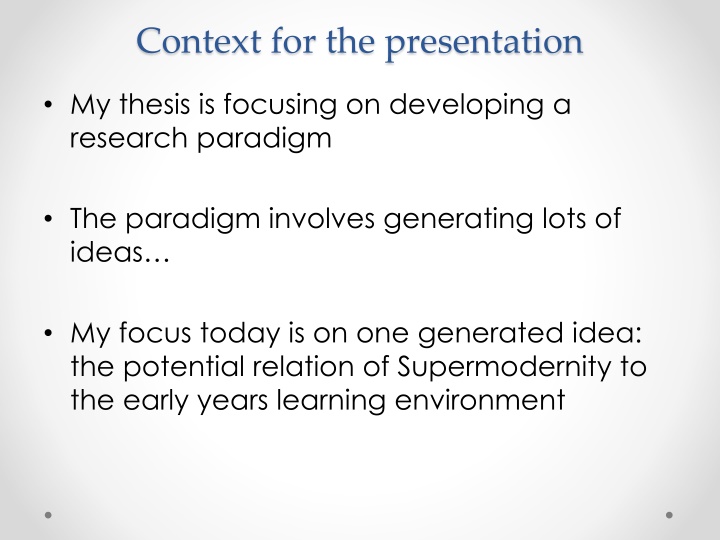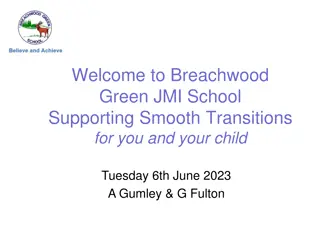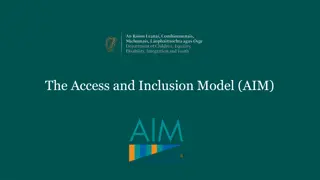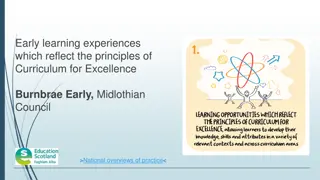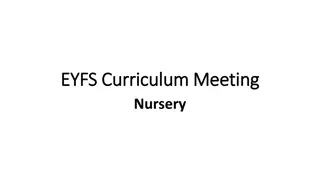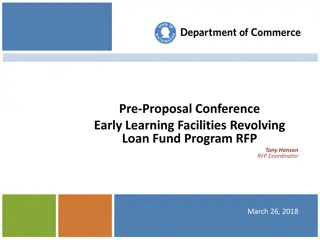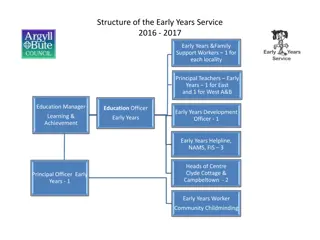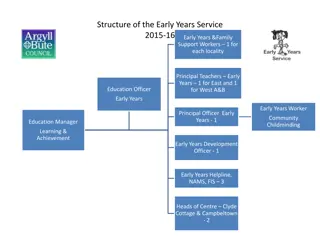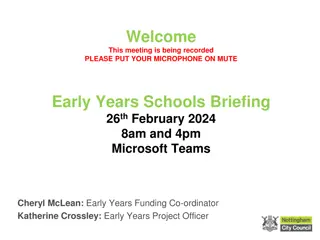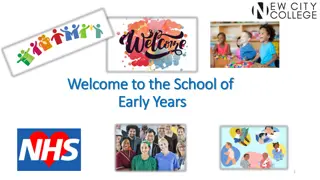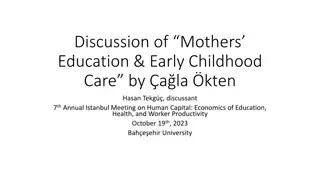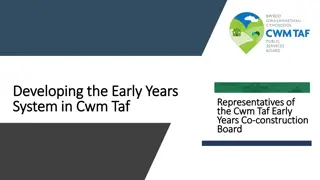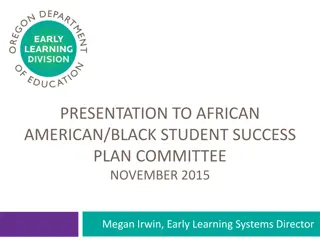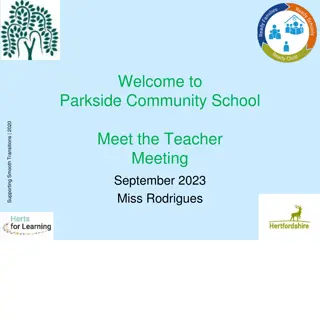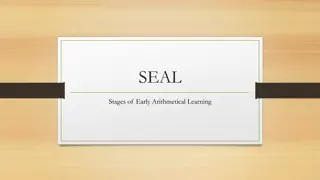Exploring the Potential Relationship Between Supermodernity and Early Years Learning Environment
This presentation delves into the concept of Supermodernity, focusing on the social implications of transition spaces and placelessness. It examines the intersection of Supermodernity with early years learning environments, exploring ideas of globalization and the decline of place. With insights from scholars like Auge and Relph, the discussion navigates through non-places, human exchanges in genuine environments, and the essence of place as a pause in movement. The visual presentation also touches upon housing estates and monuments to contextualize the discourse.
Download Presentation

Please find below an Image/Link to download the presentation.
The content on the website is provided AS IS for your information and personal use only. It may not be sold, licensed, or shared on other websites without obtaining consent from the author.If you encounter any issues during the download, it is possible that the publisher has removed the file from their server.
You are allowed to download the files provided on this website for personal or commercial use, subject to the condition that they are used lawfully. All files are the property of their respective owners.
The content on the website is provided AS IS for your information and personal use only. It may not be sold, licensed, or shared on other websites without obtaining consent from the author.
E N D
Presentation Transcript
Context for the presentation My thesis is focusing on developing a research paradigm The paradigm involves generating lots of ideas My focus today is on one generated idea: the potential relation of Supermodernity to the early years learning environment
Supermodernity and the early-years learning environment
Supermodernity The concept of Supermodernity, from Auge s perspective, focuses on the social meanings related to transition spaces and contrasts anthropological place with non-place Supermodernity from Relph s perspective of place and placelessness can relates to the ideas of globalisation and the decline of place visible in the concepts of McDonaldisation and homogenisation Supermodernity arises through the proliferation of non-places and placelessness
Auge: Non-place Tuan: place as a pause in movement The intimate experience of place provides an occasion for genuine human exchange Relph: incidental insideness
Visit to a Reception class transit-residence Functional, purposeful, colourful Inside and out and calm Standing in the doorway Sleeves concealing hands Hands in pockets Wandering about Looking out floitering And we re not moving Staying with the Blocks Staying with the Towers And now we re just together Sitting on a chair On the seat and arm No, wait I m crawling over there - And back again And to the winding train Staying with the writing Staying with sand Egg timer held on head And Action Man in hand Waving sleeves and flapping sleeves fun Hanging round the areas Jumping up and skipping Tidy up time music - now the day is done existential insideness 16/11/2010
Housing estates http://www.guardian.co.uk/politics/2011/feb/19/inequality-uk- growing-before-recession
passenger-traveller Nursery/reception class children lining up and going to assembly in the school hall o One of the routes within the building may pass signs that advertise other classrooms, the staffroom or the head teacher s office
Signs of non-place and anthropological place transit residence, dwelling (e.g. railway station waiting rooms, car and bus); what are the transit and residential areas in the early-years setting? passenger traveller (passengers are transported as quickly as possible to the destination whereas travellers, like sightseers have time to stop and explore en route. What opportunities do children have for sight-seeing and experiencing the moment fully? How are transitions between activities and parts of the setting managed? housing estate monument (monuments are places for sharing and commemorating and can also be synecdochic; Are there enduring displays that add character and stability to the setting? interchange crossroads (social interaction occurs at crossroads and market square whereas interchanges reroute traffic in order to avoid congestion; where the routes and meeting places? communication language. How do signs and notices contribute to the individuality of the specific setting in the larger context of the school?
Associated ideas Relph (1976) referred to places as profound centres of human existence but noted the inevitable spread of placelessness Auge (1995) commented that in the world of supermodernity people are always, and never, at home Given the isolation and fragmentation that can be experienced in many modern places, and given the increased mobility and migration of globalisation, classrooms and schools have the potential to be important places in children s lives (Ellis, 2005, p.59).
The school reception area: The TV screen presenting events and achievements of interest to parents and visitors to the school Various information posters and examples of children s achievements
